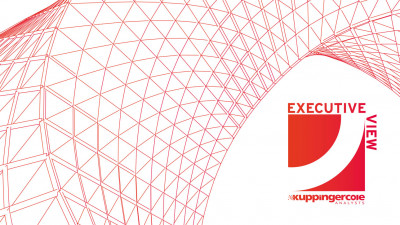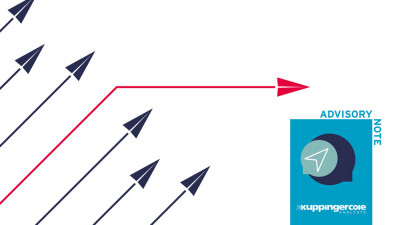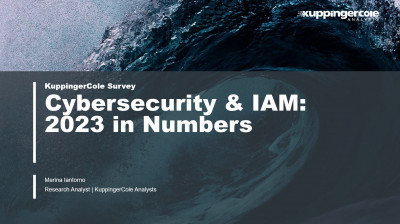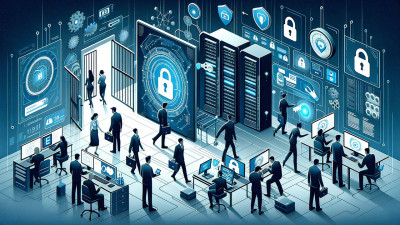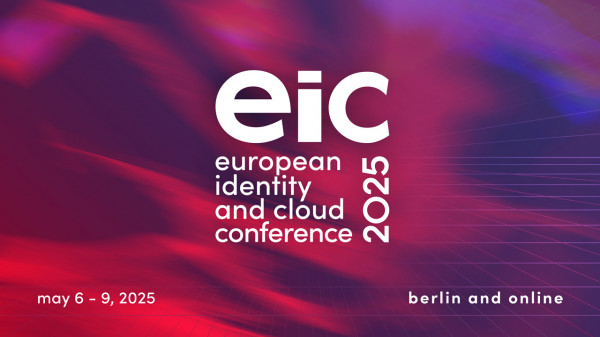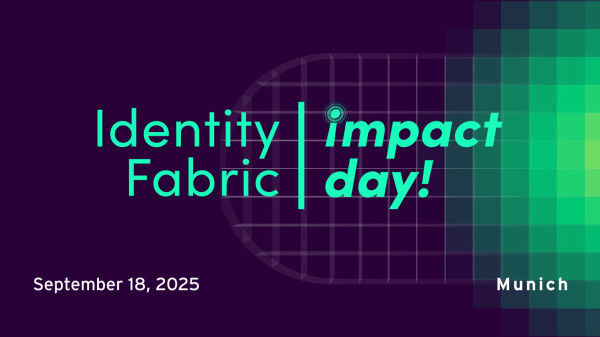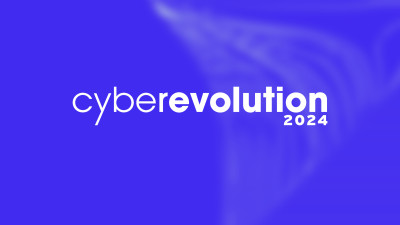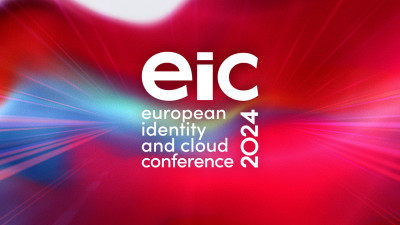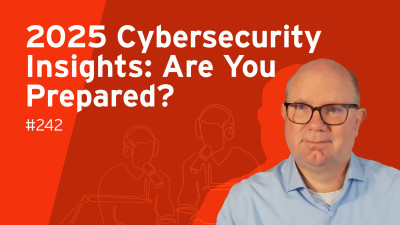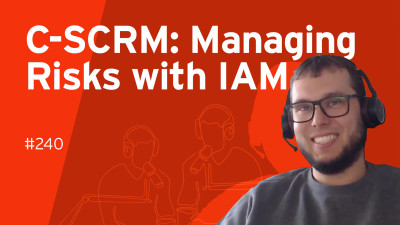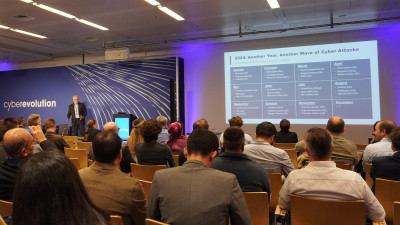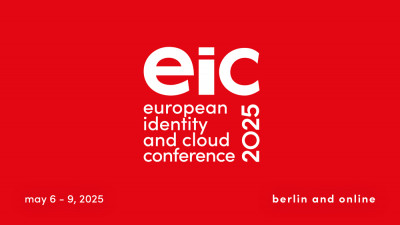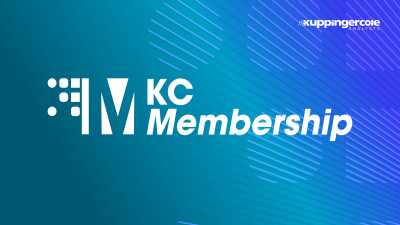Identity Governance and Administration (IGA) has long been a cornerstone of effective access management in enterprises. However, in the Digital Era, where every business is increasingly a software business, relying on digital services as competitive differentiators, traditional IGA approaches fall short. Organizations must rethink IGA to address the complexities of diverse workforces, fast-evolving application landscapes, and stringent compliance requirements.
Why Traditional IGA Falls Short
Adapting to a digital-first and fast-changing environment
Traditional IGA was designed for stable, hierarchical organizations with predictable application environments and largely static workforces. Its core components—role-based access control (RBAC), periodic access certifications, and manual entitlement management—were sufficient in the era of on-premises IT and long development cycles. But today’s reality is fundamentally different.
- A dynamic workforce: Employment models now include contractors, freelancers, and remote workers. Many of these users require temporary, highly specific access to systems, making static role models impractical.
- Changing work environments: Remote work has become a standard. Even as some companies attempt to bring employees back to offices, the flexibility demanded by workers is here to stay.
- Rapid application turnover: Cloud services dominate, with applications being procured, retired, and updated at unprecedented speeds. The rise of shadow IT—applications purchased without IT oversight—further complicates governance.
- Autonomous agents: AI-powered bots and other automated components are increasingly acting on behalf of users, requiring precise governance of their access rights.
The slow, manual processes of traditional IGA—like assigning roles and performing access reviews at six-month intervals—cannot keep up with this rapid pace of change.
The Need for Modernized IGA
Agility, automation, and compliance for the digital enterprise
Modern IGA must be reimagined with agility and automation at its core. Businesses need solutions that enable rapid responses to changing needs while maintaining compliance with ever-stricter regulatory requirements, such as those governing sensitive financial data and personally identifiable information (PII).
Key characteristics of modern IGA include:
- Policy-based entitlements: Moving away from static role models to automated, policy-driven assignment of access rights. This ensures that access is dynamically adjusted based on contextual factors, such as job function or project requirements.
- Time-restricted access: Temporary access rights, particularly for contractors or project-based work, reduce the risk of lingering permissions and simplify access management.
- Rapid onboarding and offboarding: Automated onboarding processes ensure that new applications and users are integrated into governance frameworks quickly and securely, minimizing manual intervention.
- GenAI-backed tools: Leveraging generative AI for tasks such as application onboarding and policy configuration can significantly enhance efficiency while reducing errors.
- Continuous access certifications: Transitioning from periodic reviews to ongoing monitoring and validation of access rights ensures compliance without the lag of traditional approaches.
Balancing Speed with Compliance
Ensuring secure access to sensitive data in real time
While agility is a central tenet of modern IGA, compliance remains a critical priority. Regulators are increasingly focused on ensuring robust controls over access to sensitive data, with substantial penalties for non-compliance. A modern IGA solution must:
- Support granular access controls, ensuring only authorized users and entities can access sensitive resources.
- Provide clear, auditable records of access, ensuring compliance with laws such as GDPR or SOX.
- Enable proactive risk management through AI-driven insights into potential access violations or unusual patterns.
Conclusion: IGA for the Digital Future
Building resilience in a fast-moving, digital-first world
Modernizing IGA is not merely an operational necessity—it’s a competitive advantage. By embracing agile, policy-driven solutions, businesses can ensure that their access management systems are as dynamic as their digital landscapes. This not only strengthens security but also empowers organizations to innovate without fear of non-compliance or inefficiency.
For enterprises aiming to thrive in the Digital Era, rethinking IGA is no longer optional. It’s time to move beyond the traditional and embrace a future-ready approach that aligns with the speed, complexity, and regulatory demands of today’s digital-first world.


